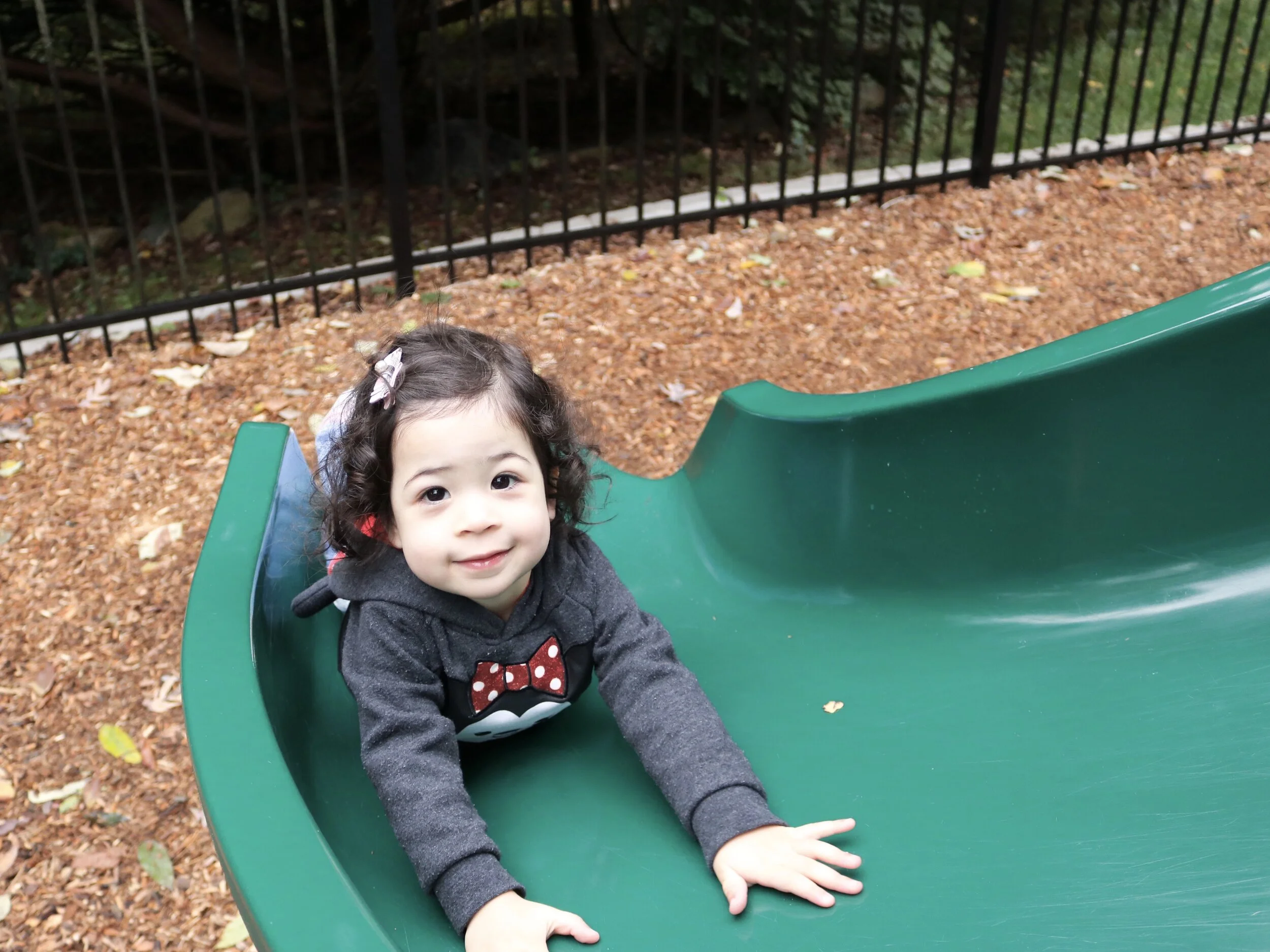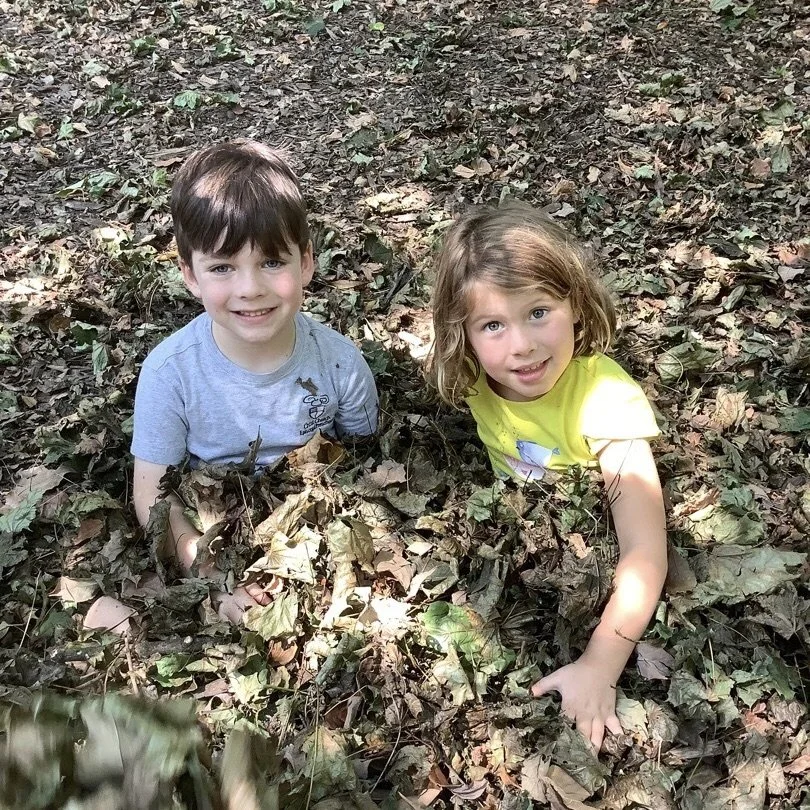
Outdoor Play
“I am most happy with the amount of time my kids spend outdoors.”
2020 ccep parent
Outdoor Play
Our 22 Acre campus
We believe that outdoor play is critical to the healthy development of children, particularly young children. At CCEP, outdoor play is not an extra; it’s core to our program, particularly as we strive to keep our children healthy (physically and emotionally)!
Outdoor play is about more than gross motor development and a release of excess energy. It gives children a ‘yes’ place, where shouting and racing are fun, rather than against the rules. It gives them a place to imagine and pretend with the most open ended of all toys - balls, sticks, and sand. And, it builds their confidence as they approach and then conquer challenges they’ve set for themselves, such as climbing up the jungle gym a new way or sliding down the tallest slide.
Most importantly being in nature calms children, it connects them to a bigger world and it allows them to begin to explore that world together.
The OUTDOORS IN PRactice
When the weather allows, the children are outside for most of the day. On extra cold or rainy days, the children bundle up in weather appropriate attire and still have time to explore nature, run, and be free!
Typically, our half-day children are outside at least a third of their day (two-thirds or more when the weather is nice!), while our full-day children are outside both in the morning and the afternoon. Our after-care children are outside yet again!
We ask our children to have gear for all weather available at school every day, as we go out in all kinds of weather.
We have two playgrounds, an outdoor classroom, a patio classroom, and an extensive campus to explore, including a walnut grove, labyrinth, nature trail, fields, and small forest.
Extending Curriculum Through Discovery
We use the outdoors to extend our teaching in math, science, gardening, ornithology, construction, vocabulary, and more.
They learn to ask questions and seek the answers for themselves. Can sticks stand up in sand? How does mud feel? Why do we slide down but not up? What does broccoli smell and taste like? Do butterflies have to learn to fly?
Pre-K Example
This past fall, we did an outdoor unit using pumpkins. We compared sizes and weights and the differences between pumpkins and gourds. We used the pumpkins as musical instruments.
The children extended this unit further on their own. They used the gazebo to make a pumpkin store and used leaves for cash transactions. They bargained back and forth as they ‘sold’ their pumpkins to each other. Finally, we rolled pumpkins down the big hill in the back and watched them rot over several months.
It was wonderful to see their creativity and cooperation. We incorporated observation, music, counting, and social cooperation into this unit and yet from the children’s perspective, it was just plain fun!
risk taking
Outdoor play provides an opportunity for children to take healthy risks and build resilience in a safe way. It also helps children to build confidence in their own capabilities.
Our children are always carefully monitored so that the environment is safe, but we do so in a way that’s unobtrusive. The children feel free as they climb over logs in our forest, roll down our hill (see the photo left), or build a fort near the gazebo — free to learn how their bodies move, free to work together to solve a problem, and free to learn to love the outdoors. We have two rules outside- always be able to see a teacher and always respect nature and your friends.




